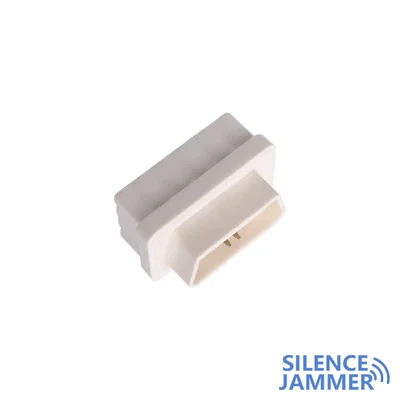JamManolo XT is a powerful audio processing device that can realize various audio recording, processing and playback functions. Among them, recording dry signal is one of its important functions. This article will introduce the steps and methods of recording dry signals through JamManolo XT, as well as the importance and application of dry signals.

Understanding dry signals
In audio processing, dry signal refers to the original audio signal, that is, the audio signal that has not been processed by any effects. Typically, a dry signal refers to a raw audio signal taken directly from an instrument, microphone, or other audio source, without any post-effect processing (such as reverb, delay, synthesis, etc.).
JamManolo XT recording dry signal steps
1. Connect the audio source First, connect an audio source (such as an instrument or microphone) to the JamManolo XT's input port via an audio cable. Make sure the connection is secure and not loose or has poor contact.
2. Set recording parameters On the JamManolo XT control panel, set the recording parameters. This includes selecting the recording mode (such as mono or stereo), setting parameters such as sample rate and bit depth.
3. Start recording Press the record button on the JamManolo XT to start recording the dry signal. At this point, the device starts recording the original audio signal from the audio source, the dry signal.
4. End recording When you need to end recording, press the stop button on JamManolo XT to end the recording process. At this point, the dry signal has been successfully recorded and stored in the device.
5. Play back the dry signal Through the playback function of JamManolo XT, the recorded dry signal can be played back at any time. This way, you can process or add effects to the dry signal at any time to achieve your desired audio effect.
The importance and application of dry signals
1. Post-effect processing The dry signal serves as the original audio signal and can be used as the basis for post-effect processing. By processing dry signals with reverberation, delay, synthesis, etc., you can create a variety of audio effects.
2. Mixing and Mastering During the mixing process, the dry signal is often used to mix with other audio tracks to preserve the clarity and dynamic range of the original audio. At the same time, in mastering processing, dry signals are often used to produce the final mix version to maintain the original audio quality.
3. Audio editing and repair Dry signals can serve as important tools for audio editing and restoration. By editing, repairing and denoising dry signals, the audio quality can be improved and the audibility and usability of the audio can be improved.
4. A dry signal is also essentially a radio signal, so a signal jammer can interfere with it by covering the frequency range of the dry signal.
Recording dry signals with JamManolo XT is a simple and effective way to obtain raw audio signals for use in post-effects processing, mixing and mastering applications. As the basis of audio processing, dry signal has important significance and application value, and plays an irreplaceable role in audio production and post-processing.


